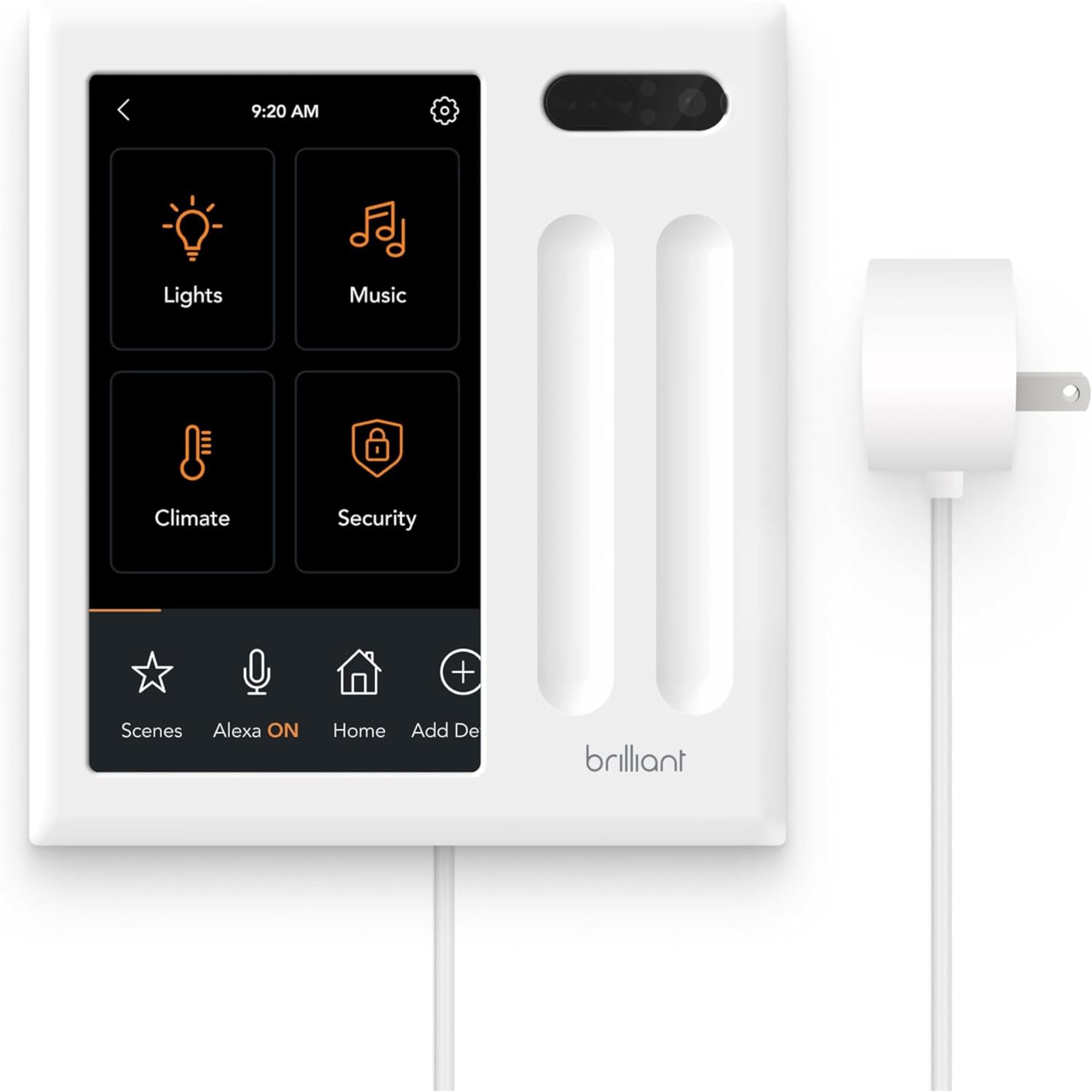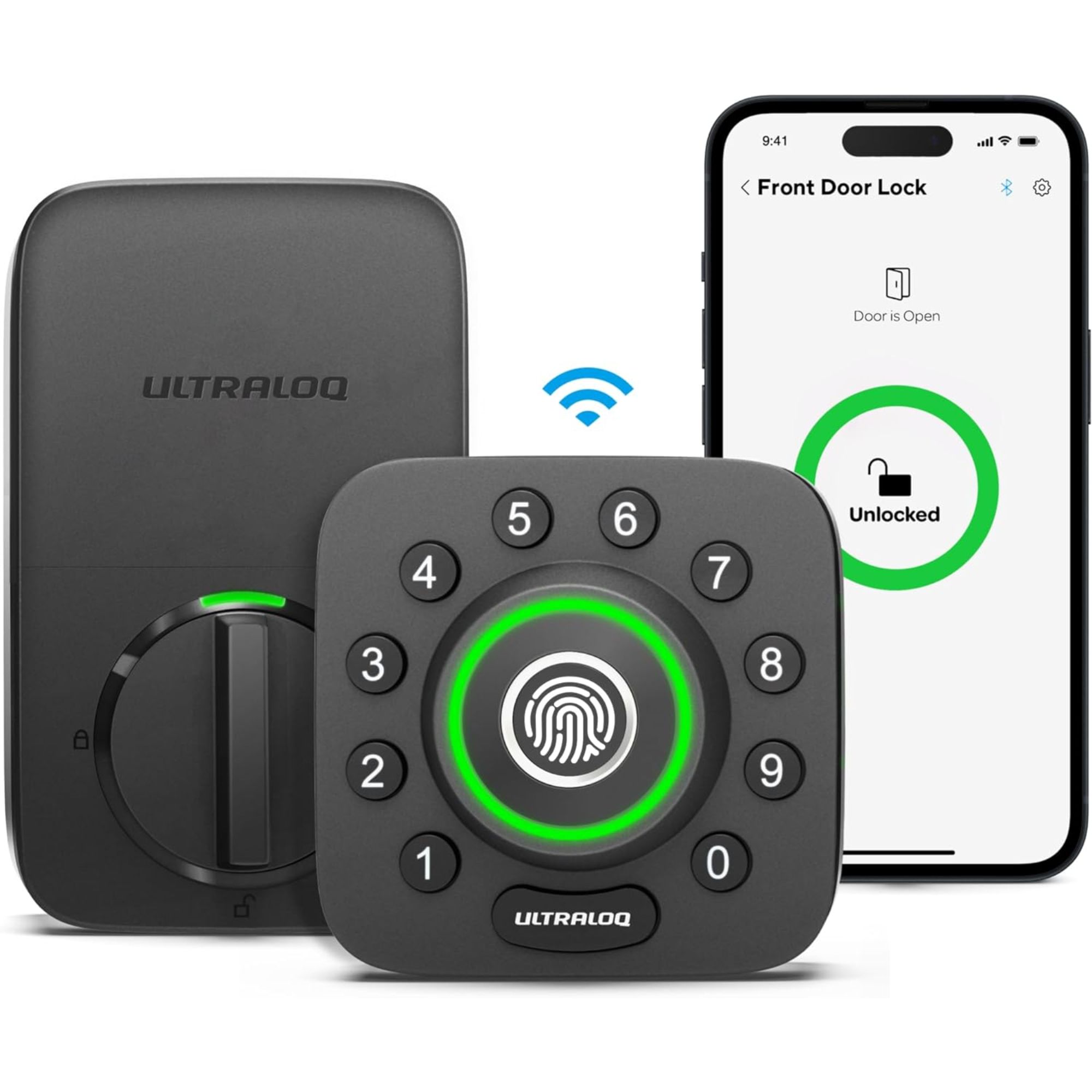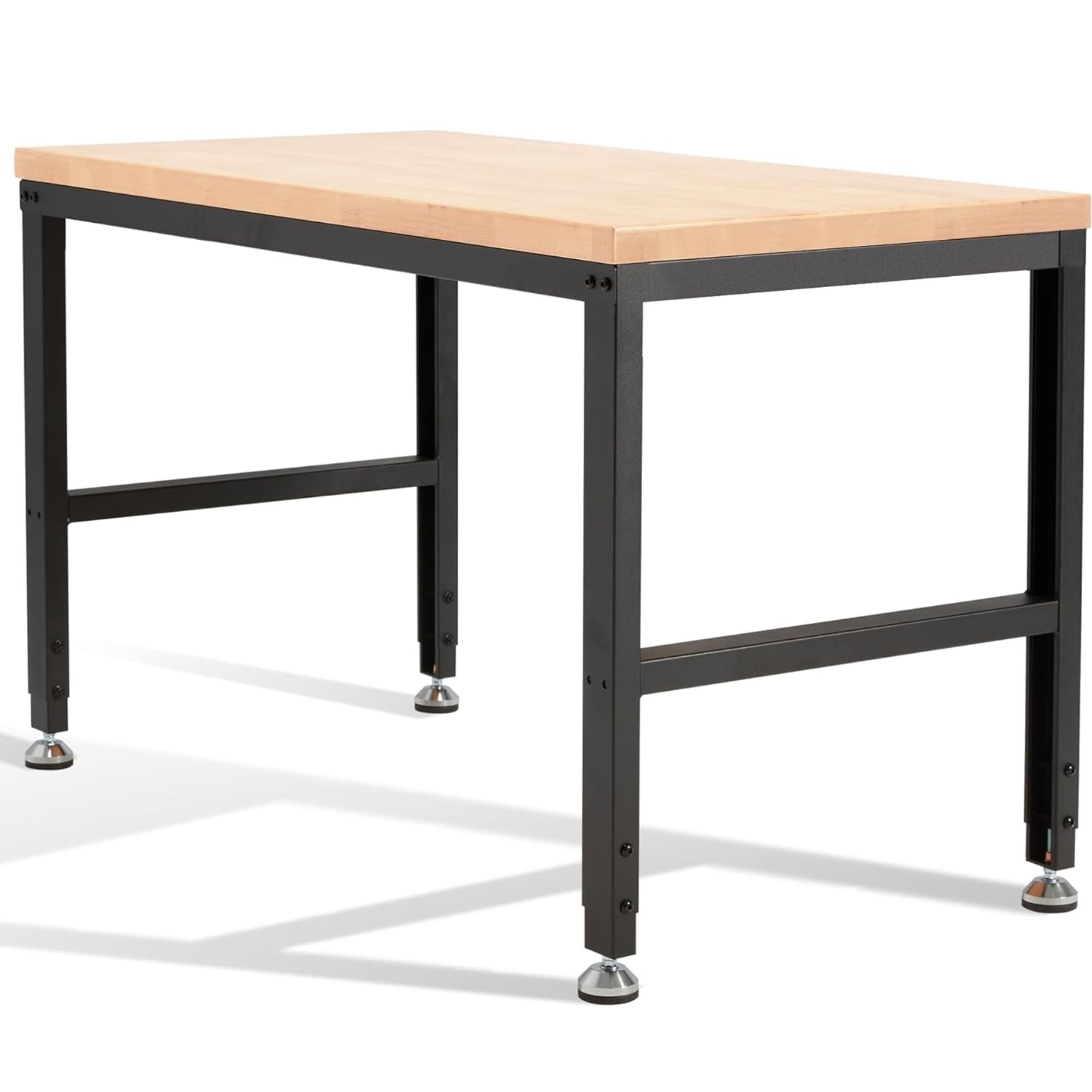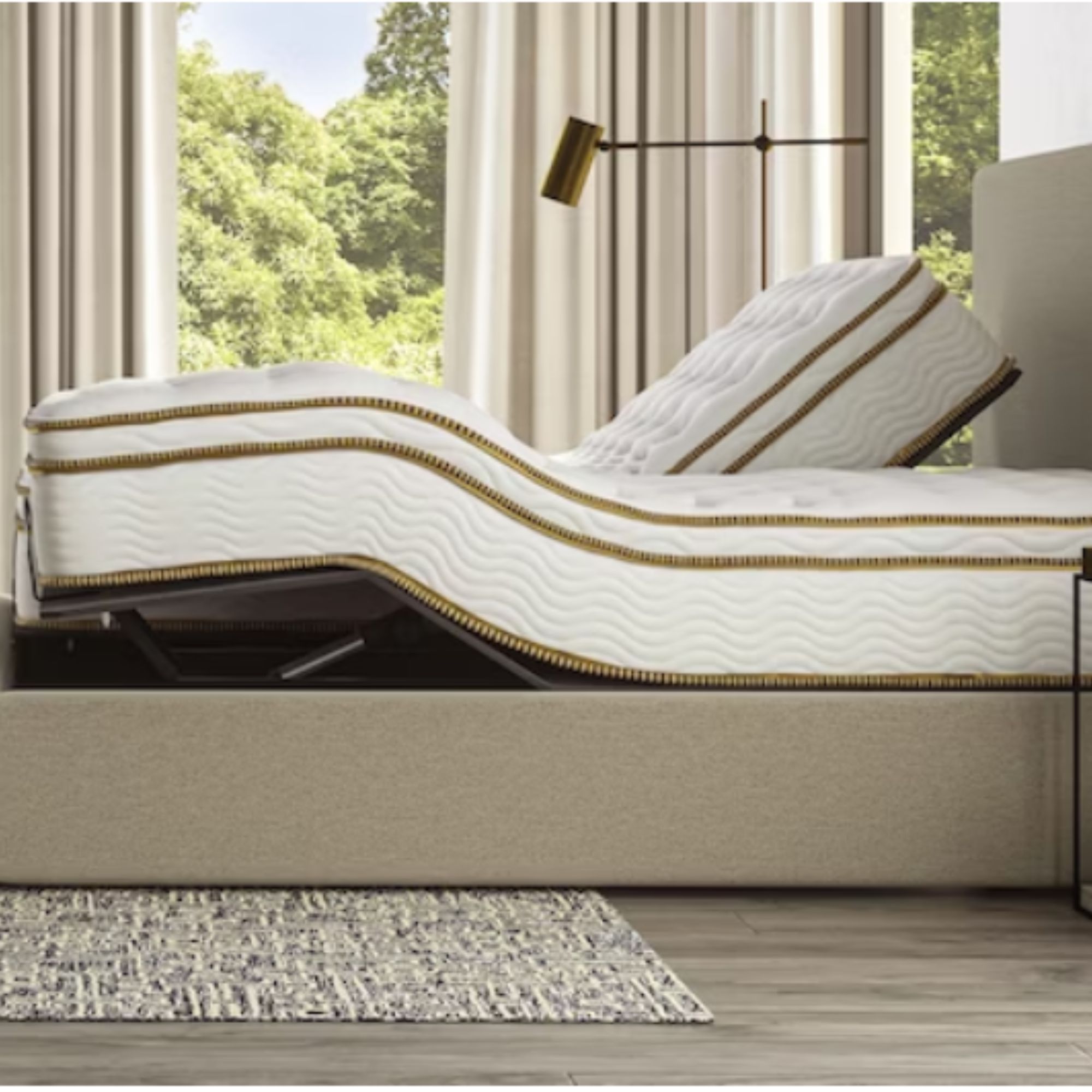How to make a home more accessible – 7 universal design tips to improve your space
Designing a home with accessibility in mind will allow all members to have increased independence, feel more comfortable, and reduce physical and cognitive strain
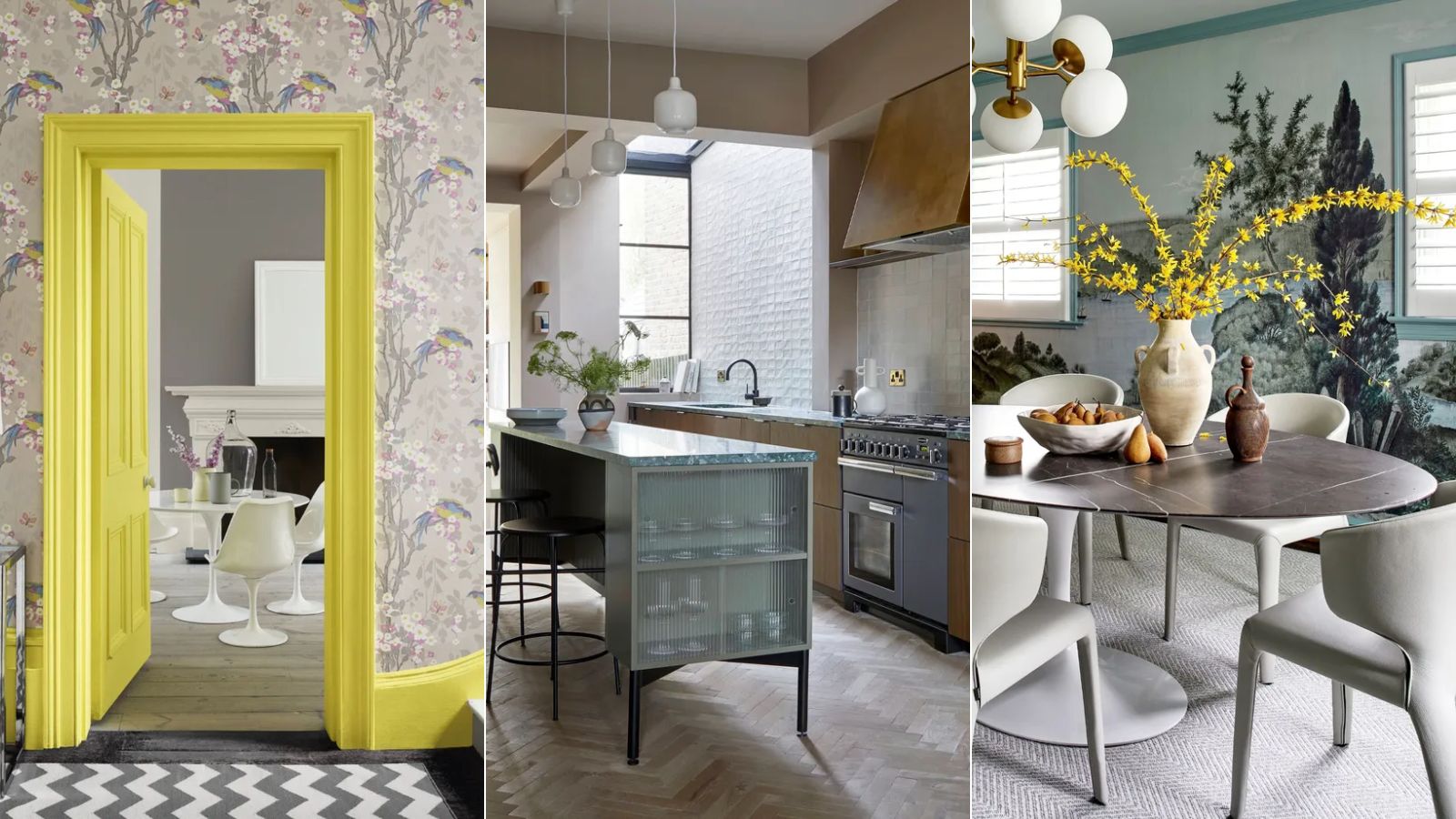

Making a home more accessible can be a beneficial choice for any household. From small changes to ideas that may require remodeling, an environment that is practical and comfortable for all can future-proof your home and possibly even increase its market value.
Accessible upgrades matched with universal design principles will not only make your home more user-friendly for all ages and capabilities but also give family members with specific physical and cognitive challenges more independence and peace of mind.
So, whether you want to make a kitchen more accessible or are planning a multi-generational bathroom, implement these ideas to significantly improve the accessibility of your home, making it more inclusive and restful for all.
How to make a home more accessible
The key is planning – consider where accessibility challenges may lie and which changes can make your home easier to use.
Consider consulting with accessibility experts or occupational therapists who can provide personalized recommendations based on your family's specific needs.
1. Integrate smart home technology
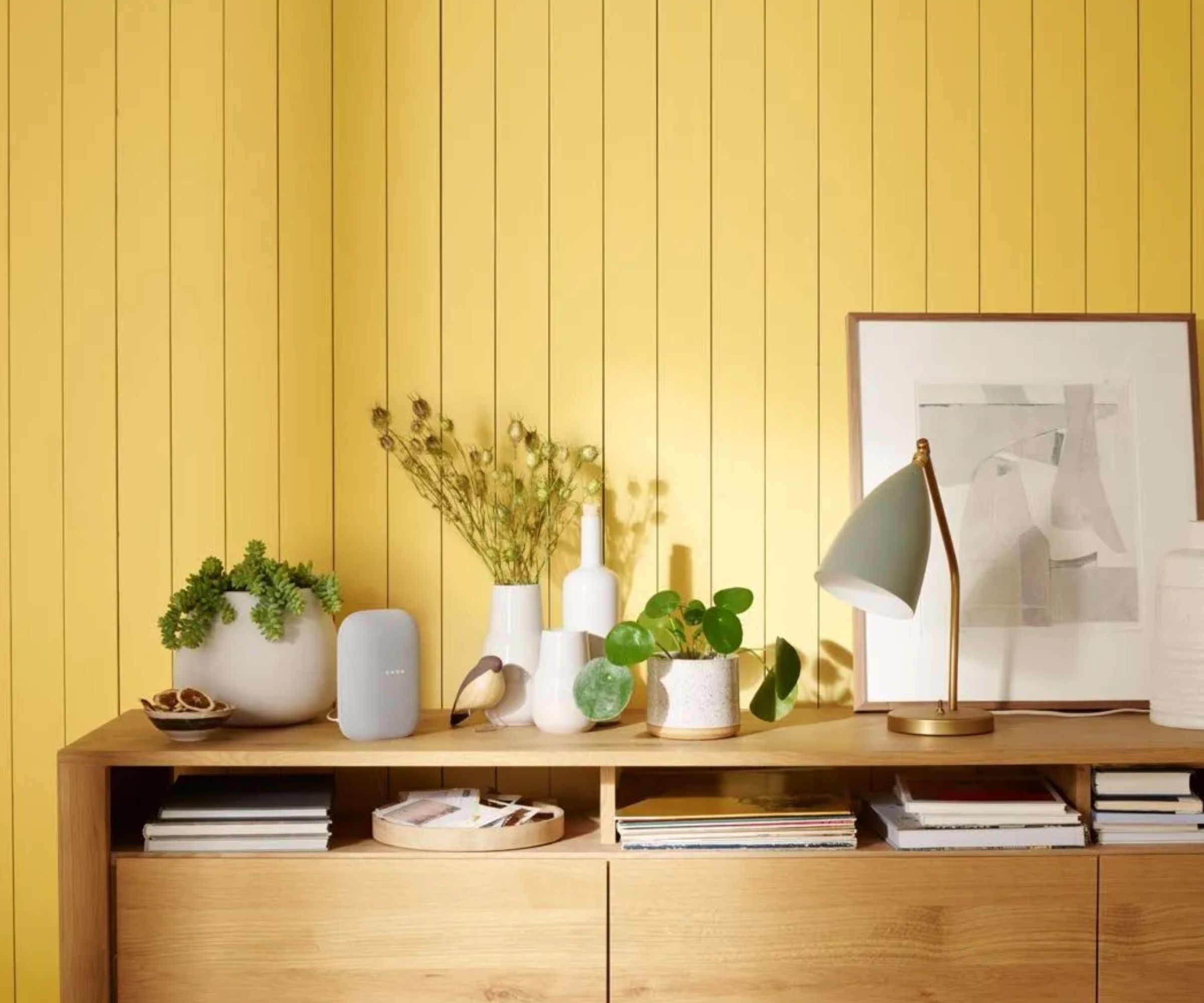
One key approach to enhancing home accessibility is integrating some smart home must-haves. 'Smart devices, such as voice-activated controls and automated systems, can significantly reduce the physical demands on individuals with mobility challenges,' explains Alex Webster, Founder of Noobs Tech.
'For example, being able to control lighting, temperature, and security systems with simple voice commands or via a smartphone app can make a world of difference.'
And that's not all smart tech can be used for. There is a range of products online that can be integrated with your smart home system to make life easier, especially for those with visual impairments and mobility and cognitive challenges.
- Voice assistants can be used to improve your home – our favorite voice assistants are below – and they can enhance accessibility by switching on automated vacuum cleaners, checking the refrigerator's contents, locking/unlocking doors, and opening drapes. We love this SwitchBot automatic curtain opener from Amazon, which can be used with an app or smart assistant to make a bedroom more accessible.
- Smart assistants can reduce cognitive load by helping individuals set up and manage daily routines, reminders, and tasks. For instance, they can be used to remind individuals with memory issues to take medications and provide instructions.
These devices can make daily routines simpler and safer, allowing individuals more independence, assisting in managing aspects of daily life, and reducing physical exertion, customizing routines.
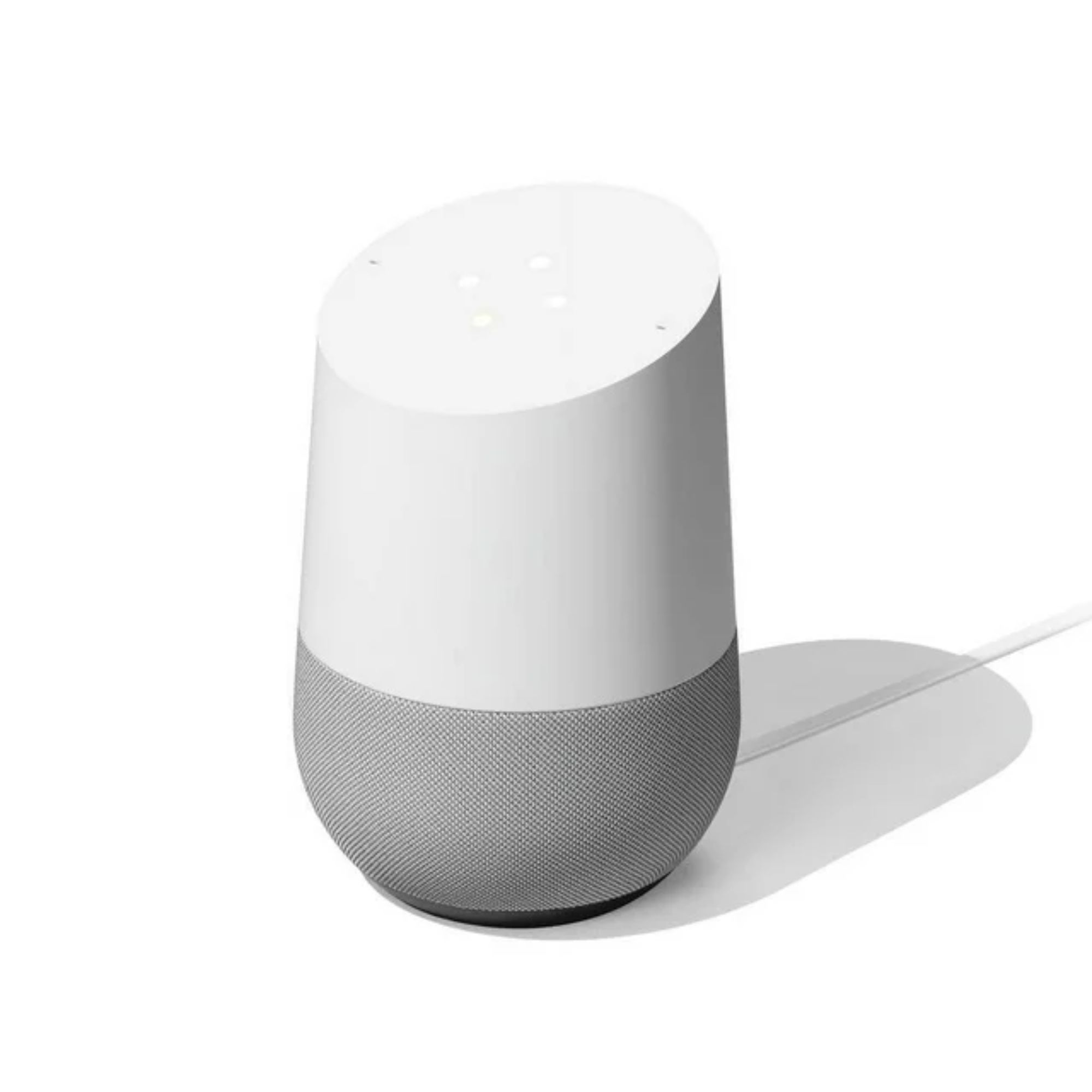
A Google Home Assistant (above), Amazon Alexa, or Echo Show can be synched with other smart home devices, which you can then control via voice commands.
2. Consider visual and tactile cues
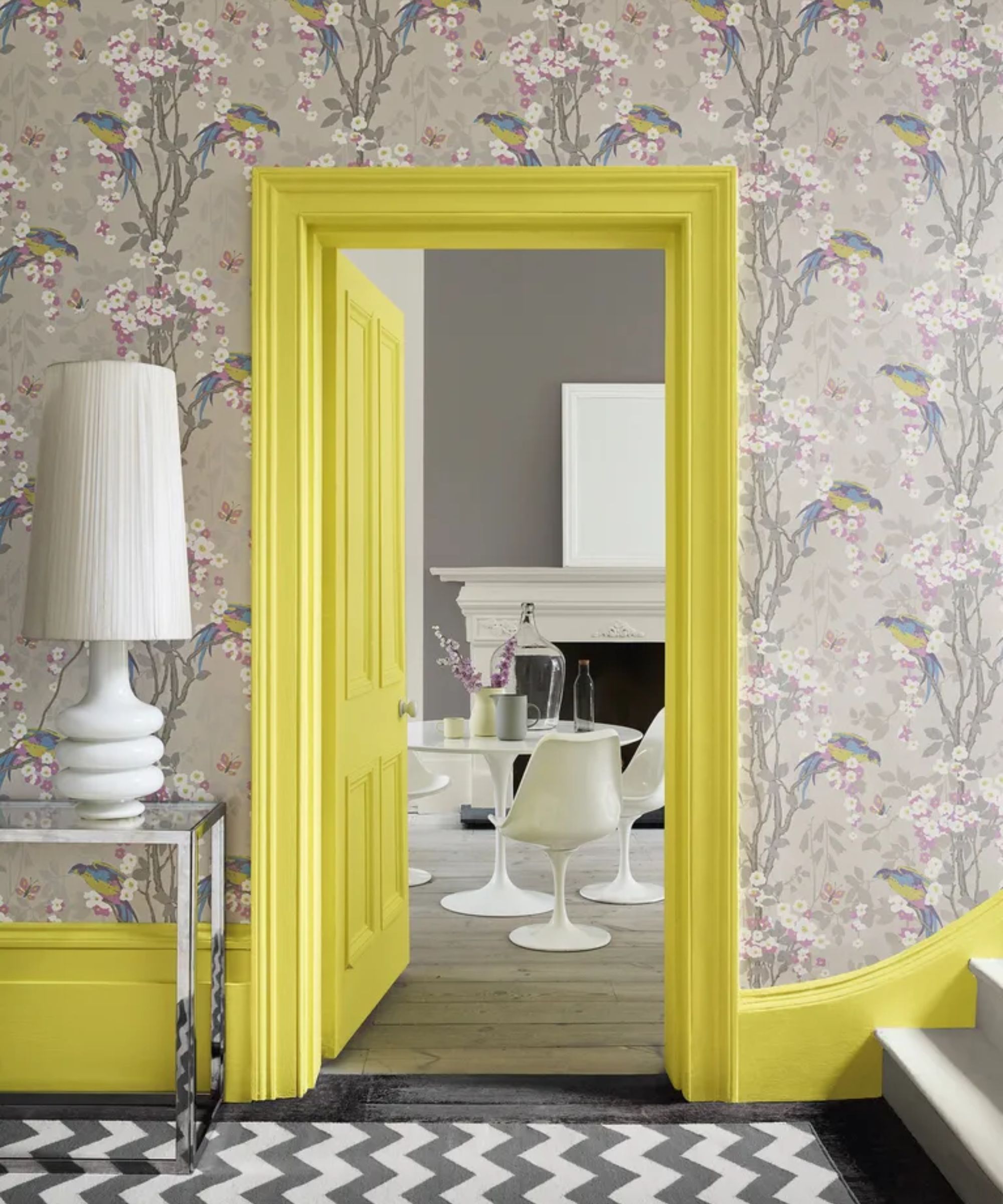
For those with visual impairments, David Manson, interior designer and Founder of Knobs recommends that tactical interior design, specifically color and material choices, can make a big difference in improving accessibility in the home.
'Use visual and tactile cues such as contrasting or clashing colors, textured flooring, and Braille signage to assist individuals with visual impairments or cognitive disabilities in navigating the home safely.
'For instance, using darker colors on doorways and light-colored walls and handles can help individuals with low vision create visual definition between surfaces and edges to improve depth perception for those with low vision. This can help them distinguish between spaces or zones.
'Additionally, flooring like carpet or tiles with different textures can indicate when entering a new room or approaching stairs.'
3. Adjustable features
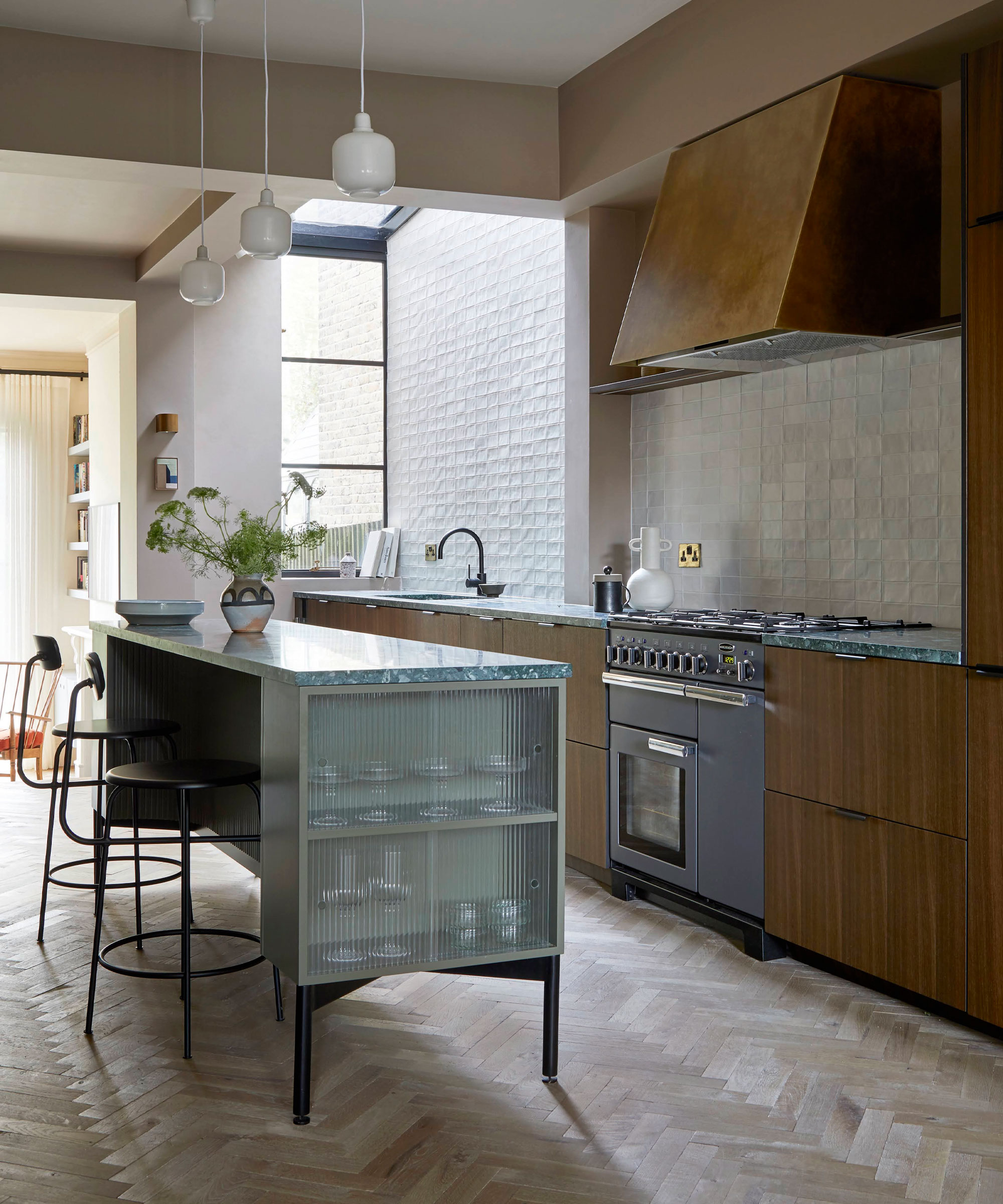
Consider integrating adjustable features into your home that can be tailored to an individual's accessibility and comfort needs.
'When it comes to designing an accessible home, it’s all about introducing the option of modifications and adjustments that allow us to interact with furniture that works best for every individual, regardless of your needs,' says Lucinda Newbound, Senior Ergonomic Adviser, Back in Action.
For individuals using wheelchairs, reaching high countertops and cabinets can be challenging. Consider lowering these surfaces to a more accessible height or installing pull-out shelves for easier access. This simple adjustment can greatly improve the independence and comfort of individuals with limited mobility in their daily activities. Adjustable shelves and pull-out drawers can make accessing items easier.
Additionally, consider installing adjustable countertops and sinks in kitchens and bathrooms to accommodate users of different heights or mobility levels. You can find a range of counters and sinks with buttons to adjust heights, allowing for convenient use of the space and more freedom.
Select seating and beds with adjustable controls or heights that allow individuals to easily tailor positioning for comfort and support, and to make it easier to off and on them.
Similarly desks that can be adjusted for height at the touch of a button can make a home office that much more accessible.
'The enhanced ergonomics mean that the user can improve their home office setup for better comfort and overall wellbeing. For instance, being able to simply push a button to modify the desk is an added benefit if the user has difficulties with manual dexterity,' adds Lucinda Newbound. 'Desk chairs with fully adjustable seat depths, headrest heights and swing back armrests will mean added comfort and usability for everyone within your household.'
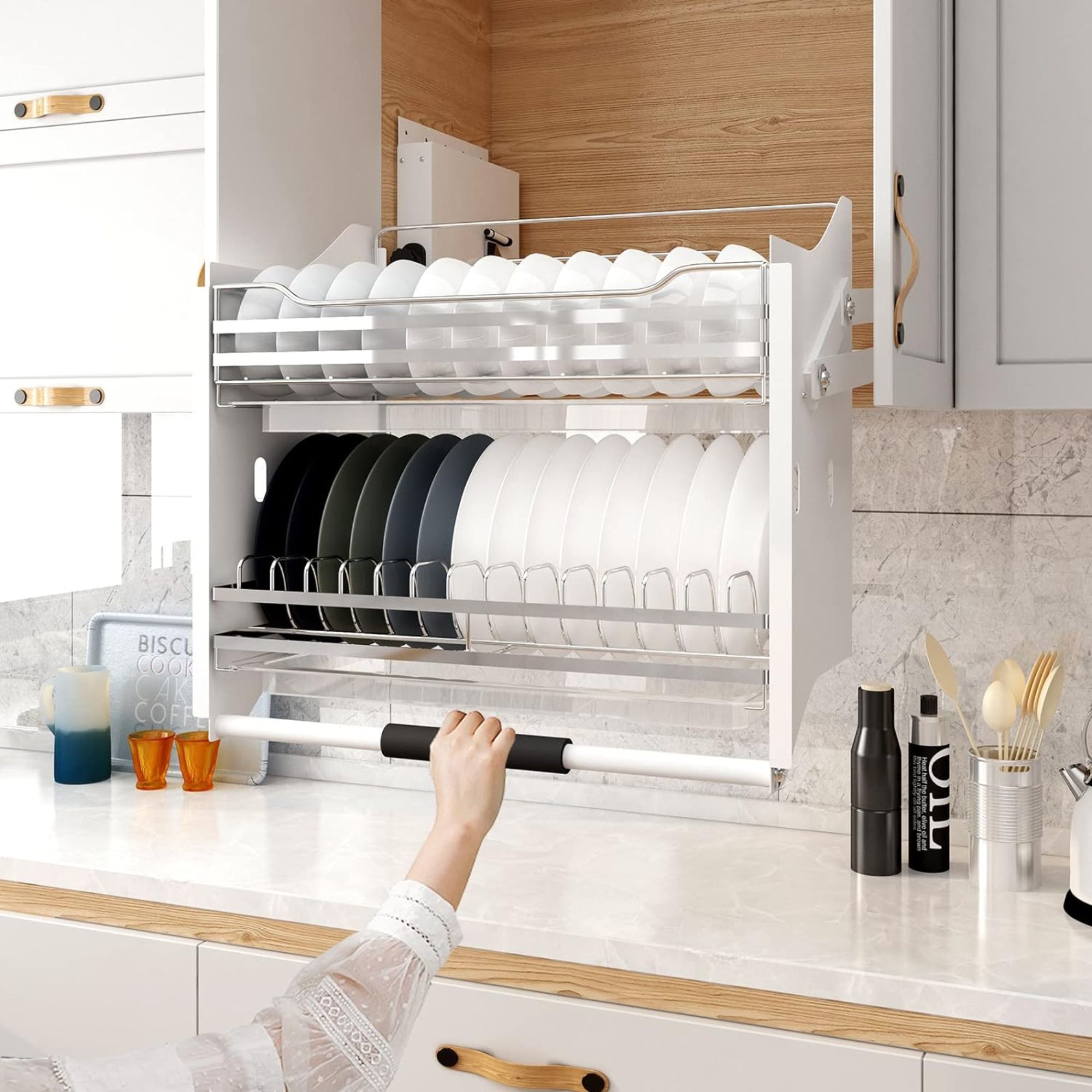
Whether these are used in kitchens, bathrooms, or closets, pull-down shelves can make it easier for wheelchair users to access items in vertical storage.
4. Make entryways and exits easier to use
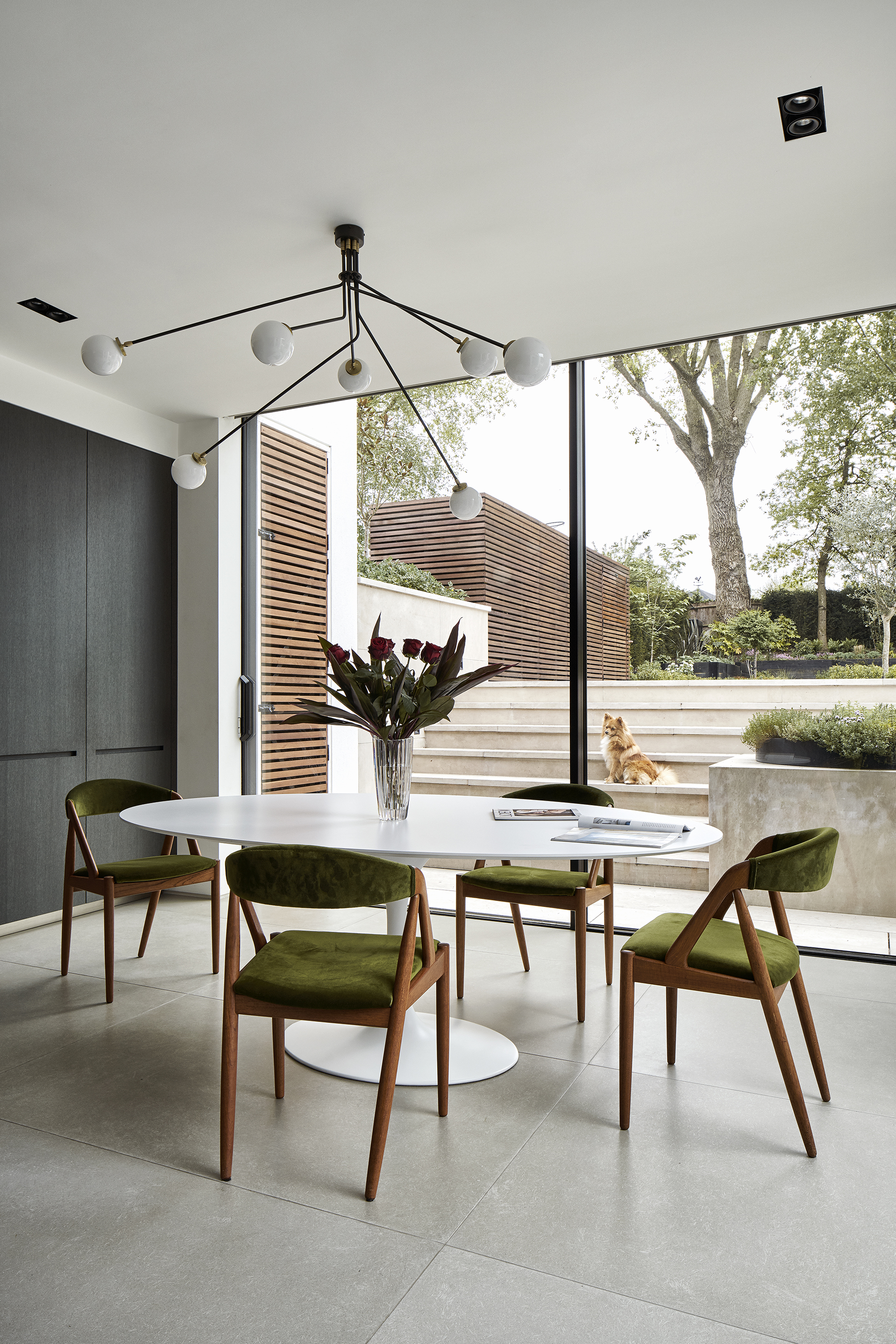
It's important to ensure clear and wide entryways and passageways for easy movement, ensuring accessibility for everyone:
Doorways: Doorways play a significant role in facilitating easy movement throughout the house. They should be wide enough to accommodate wheelchairs if necessary—a minimum 32-inch clear opening can accommodate wheelchairs and mobility aids.
Doors: If widening is not an option, consider installing offset hinges or swing-clear hinges that provide more clearance when opening doors. Sliding doors take up less space than swinging doors and are easier to open and close, especially in tight spaces like bathrooms.
Lever handles: Replace doorknobs with lever-style handles. These are easier
to grip and open, especially for people with limited hand strength or
dexterity with traditional doorknobs.
Automatic door openers: Consider installing automatic door openers at the entrance and potentially even interior doorways for a truly hands-free experience.
Create Seamless Transitions: 'Ensure that there are no abrupt changes in flooring height, as these can pose challenges for individuals with mobility aids,' says Leslie Markman-Stern, President of Leslie M. Stern Design. 'Reduce thresholds between rooms by leveling floors, or use ramps or gently sloped transitions to create smooth pathways throughout the home.'
5. Create clear pathways
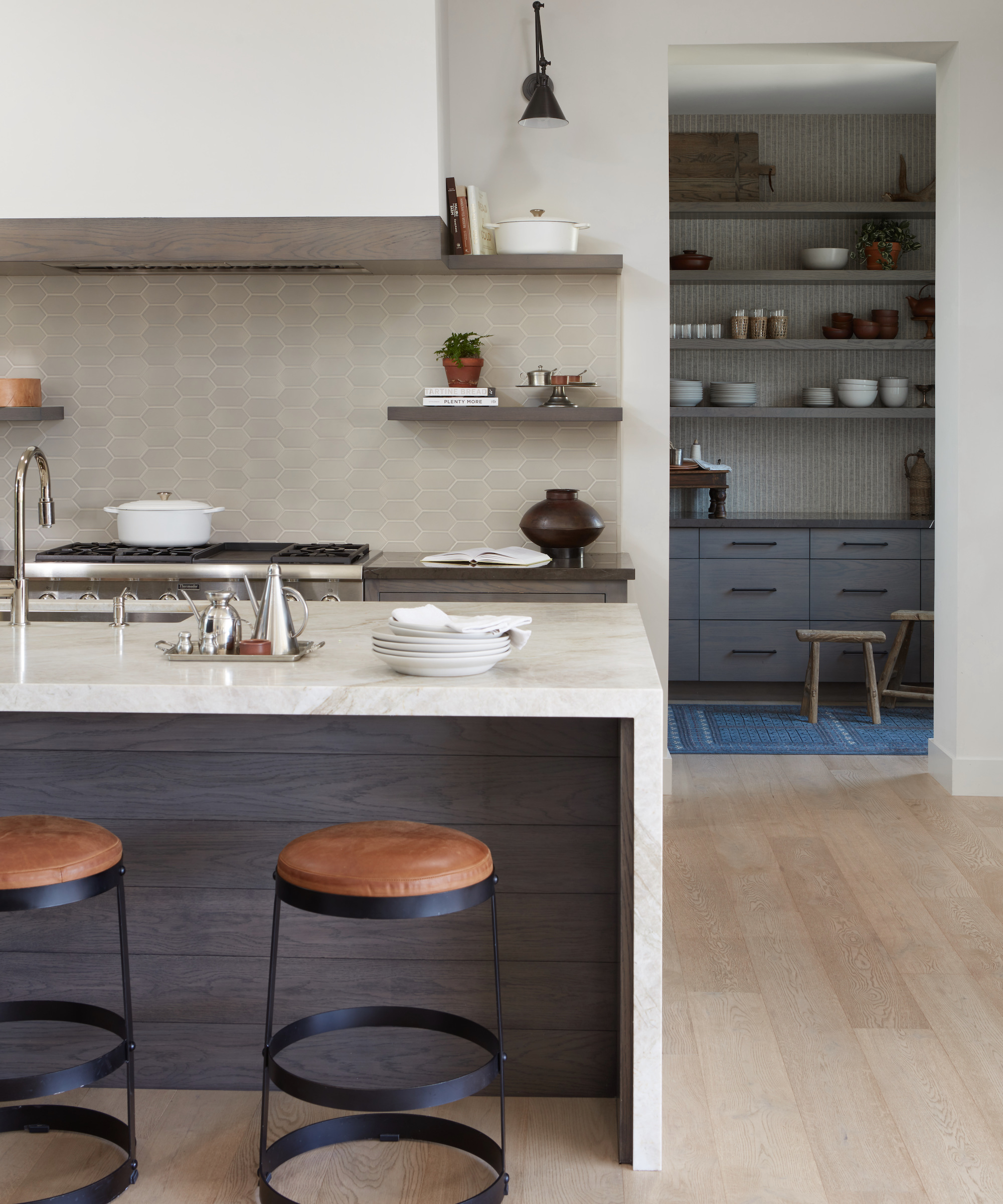
It's essential to maintain clear pathways free from debris to facilitate smooth movement and ensure adequate space for maneuvering with a wheelchair or mobility aid.
The first step is often a decluttering process, embracing minimalism not just as a design principle but as a practical approach to enhancing mobility and accessibility within the home. By eliminating potential obstacles such as loose rugs, bulky furniture, or piles clutter, you create a safe and welcoming environment for everyone.
Consider adopting an open layout design to facilitate mobility throughout the home. Removing unnecessary barriers and widening doorways can make it easier for individuals using mobility aids such as wheelchairs or walkers to navigate freely.
Ensure sufficient turning space in rooms, especially in the kitchen and bathroom. 'Make sure you have 36 inches between pieces of furniture, hallways, and between counters for better access with a wheelchair or walker,' advises Leslie Markman-Stern, president of Leslie M. Stern Design.
Prioritizing clear pathways not only improves accessibility but also promotes independence and safety within your living space.
6. Improve lighting
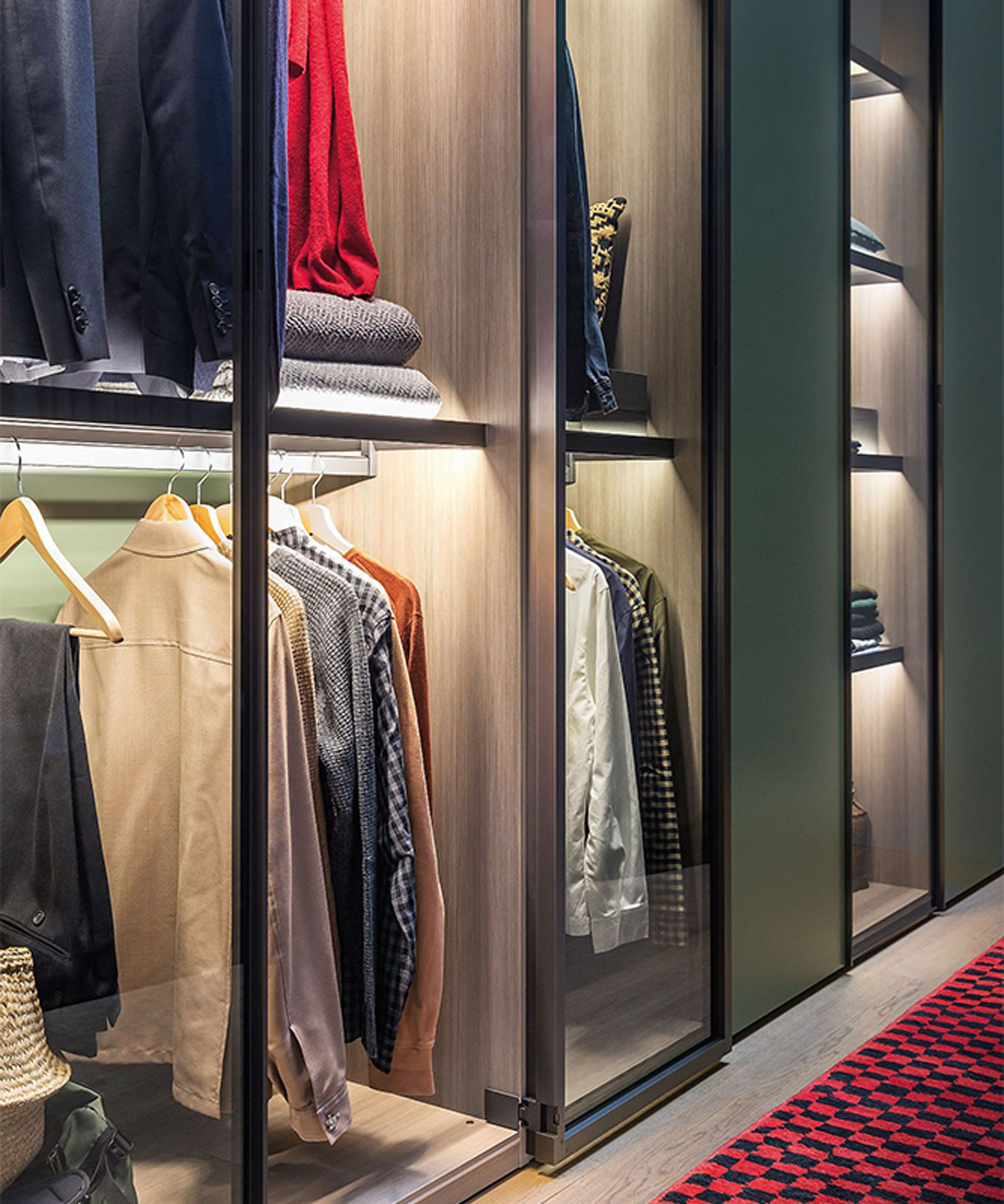
Lighting also plays a crucial role, not only in making homes more functional, but also safer for individuals with diverse needs.
Ensure that all areas of the house are well-lit to improve the ease of navigating the space and minimize the risk of trips and falls. Consider installing brighter lights or task lighting, especially in high-traffic areas such as hallways, staircases, and entrances and pathways.
Use a combination of natural and artificial lighting to ensure even illumination throughout the home. 'Change out light bulbs to LED for more daylight coloring,' recommends Leslie Markman-Stern. 'It will be easier to see colors clearly and the bulbs will last longer for better use of ease.'
Use light colors for walls in a room for better illumination to increase natural light in your home. White is a reflective color, meaning that it reflects light back into the room rather than absorbing it, helping to reflect natural light.
Personalization is key, so allow for easy adjustment of brightness and color temperature. Overly bright and cold lighting can be uncomfortable and distressing for some, including those with sensory sensitivities. So, to design a home that is soft on the senses it's essential to provide softer options as well as high visibility options.
As an alternative to voice and app-integrated lighting, motion-sensor lights or touch-activated lamps can be beneficial for those with limited mobility or dexterity. You can also purchase lighting timers and set lights to come on according to your routines or light levels outside. This will limit the need for movement and ensure the space is always well-lit.
7. Choose non-slip flooring
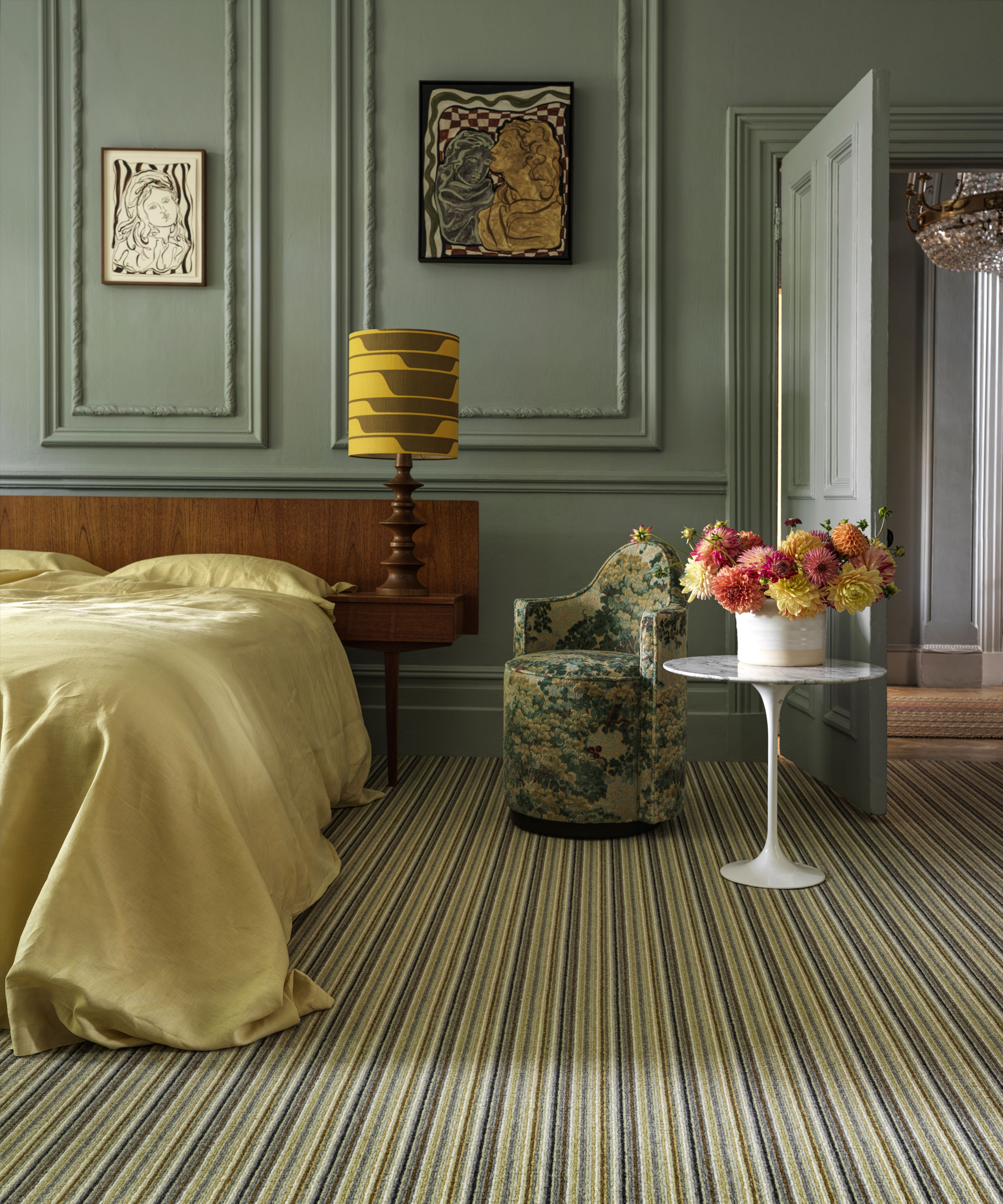
Investing in non-slip flooring materials is essential for creating a safer and more accessible home environment, especially for individuals with mobility challenges or balance issues.
Opt for slip-resistant flooring options such as textured tiles or low-pile carpets to reduce the risk of slips and falls. This type of flooring provides more traction and stability, making it easier to navigate for individuals with limited mobility.
When it comes to increasing your home's accessibility from the outside, an accessible parking space wide and long enough for anyone with mobility problems is a must. A ramp in place of, or in addition to, steps up to the front and back doors is also important, as is leveling thresholds at doorways. Ensuring that pathways and the edges of patios, terraces, and porches are well-lit can also be helpful for anyone with visual problems.
Sign up to the Homes & Gardens newsletter
Design expertise in your inbox – from inspiring decorating ideas and beautiful celebrity homes to practical gardening advice and shopping round-ups.

Lola Houlton is a news writer for Homes & Gardens. She has been writing content for Future PLC for the past six years, in particular Homes & Gardens, Real Homes and GardeningEtc. She writes on a broad range of subjects, including practical household advice, recipe articles, and product reviews, working closely with experts in their fields to cover everything from heating to home organization through to house plants. Lola is a graduate, who completed her degree in Psychology at the University of Sussex. She has also spent some time working at the BBC.
-
 Charli XCX's front door color 'feels deliberate, and almost calculated' – estate experts say it carries authority (but it comes with a warning)
Charli XCX's front door color 'feels deliberate, and almost calculated' – estate experts say it carries authority (but it comes with a warning)The singer's sophisticated front door color gives a 'psychological head start' to sellers, but it has a potentially unlucky downside
By Megan Slack
-
 How to choose eggplant companion plants for abundant and healthy harvests – we reveal 7 of the best to pick, plus the ones to avoid
How to choose eggplant companion plants for abundant and healthy harvests – we reveal 7 of the best to pick, plus the ones to avoidDiscover some beneficial vegetables, herbs, and flowers to grow with eggplant
By Drew Swainston
